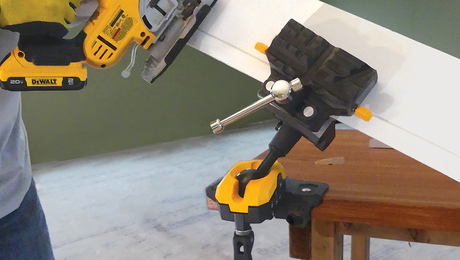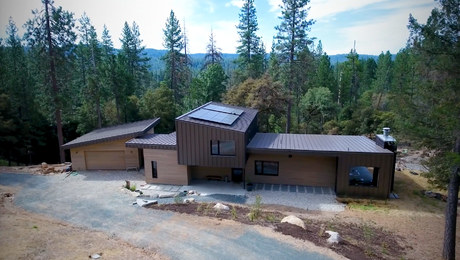Discussion Forum
Discussion Forum
Up Next
Video Shorts
Featured Story

The IQ Vise has angled jaws, a simple locking mechanism, and solid holding power.
Highlights
"I have learned so much thanks to the searchable articles on the FHB website. I can confidently say that I expect to be a life-long subscriber." - M.K.
Fine Homebuilding Magazine
- Home Group
- Antique Trader
- Arts & Crafts Homes
- Bank Note Reporter
- Cabin Life
- Cuisine at Home
- Fine Gardening
- Fine Woodworking
- Green Building Advisor
- Garden Gate
- Horticulture
- Keep Craft Alive
- Log Home Living
- Military Trader/Vehicles
- Numismatic News
- Numismaster
- Old Cars Weekly
- Old House Journal
- Period Homes
- Popular Woodworking
- Script
- ShopNotes
- Sports Collectors Digest
- Threads
- Timber Home Living
- Traditional Building
- Woodsmith
- World Coin News
- Writer's Digest


















Replies
What kind of flooring are you planning to put in?
DITRA makes a nice line of isolating membrane with electric radiant heat.
If you already have the plumbing and desire for radiant heat, you may want to look at one of the in-floor options, and also think about installing a layer of subfloor between joists.
You can screw and glue 2x4 to the sides of the joists, spaced so that 3/4 plywood cut to fit between joists ends flush with the top of the joists. That should leave room for a product like Thermoboard or similar above the joist layer with plenty of room to preserve your desired elevation.
I would think this way would be a lot easier than plumbing up between joists.
There would be some fiddly work to get the 2x4s placed right. and to cut and fit the plywood. 3/4 plywood might be more than you would normally use, but then the plumbing of the radiant tubing would be a simple single PEX run with joints only where connected to the rest of your hydronic system.
Of course, I should have started by asking if you have a data-driven specification for the amount of heat you need to be putting into the floor. How many BTU(h) do you need?
Depending on where the bathroom is, it might not need much, so that an operating cost differential of radiant electric heat might not be that bad compared to whatever system you have to make hot water.
What is under this bathroom, a nice finished and HVAC conditioned space, or a too-low to work crawl space or slab?
Using the plywood between joists he could add whatever thickness of plywood and use Ditra. IMO its the best source of heat for a bath
Here are a couple photos from when I did a bath in my house.
I had a framing nailer, which explains a few more fasteners than really needed.
I used some C clamps to hold the sistered 2x4s in place before nailing.
The original joists were not quite level with each other, so the remodel was a fine time for some adjustment.